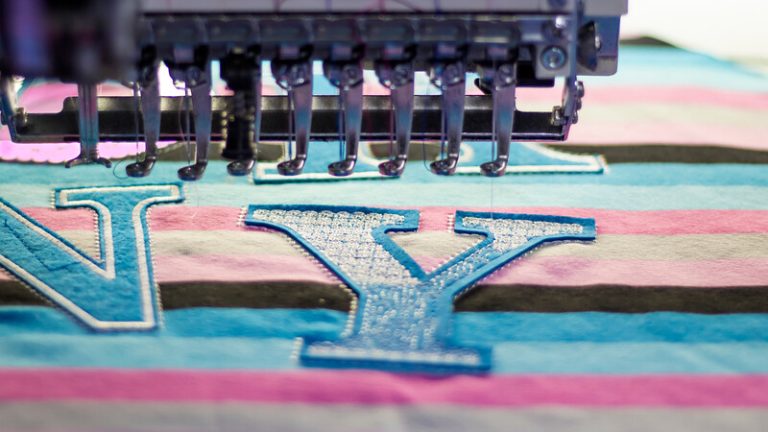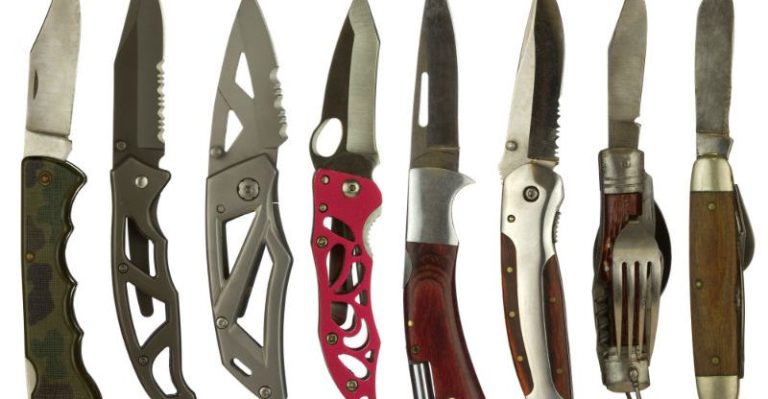Brass has been around for centuries. It is an alloy comprised of zinc and copper. Its application depends upon the percentage of each metal. As a result, the uses range from weapon cartridge cases to a brass distributor to decorative objects.
Early History
Long before a brass distributor by Spinco Metal Products came off the line, brass had made its appearance as a substance to be reckoned with. Yet, the early examples of brass were probably more by accident than by design. Yet, by 200 B.C., in China, people were beginning to create brass purposefully using calamine – a mineral with high levels of zinc. In India, brass was being utilized as early as the 1st century B.C. The Indians are believed to have developed a process known as “speltering.” It allowed greater control over the amount of zinc used in the process of creating brass.
It was, however, along the Mediterranean Sea that the first deliberate attempts were made. This took place sometime between 20 B.C. – 20 A.D. Under the Romans, the process spread to include areas of modern day Turkey. Here, brass was fashioned into coins. By 300 A.D., the craft of brass metalworking had begun to flourish in the region of what is now the Netherlands and Germany.
Later Developments
After the collapse of the Roman Empire, brass production became restricted in nature. It was not to advance in any significant manner until around the 14th century. Brass found its way into the ornamentation of churches but the thought of anything like a brass distributor or pipes lay in the future, although the local craftsmen of Lahore did create a speltered brass astrolabe at the beginning of the 17th century.
Germany and Belgium increased production of brass from the 15th to the 17th century. They began to import the product since countries such as Great Britain were unable to make a success of supplying the grade of copper to produce brass. This did not happen until the early 18th century. Brass companies then sprang up in the region surrounding the communities of Birmingham, Bristol and Swansea.
Of significance in the development of brass are:
William Champion () who in 1738 received a patent for a process of industrial distillation of metallic zinc
Andreas Sigismund Marggraf (1709-1782) in 1746 identified and classified zinc and its properties
James Emerson () in 1781 patented a process for speltering brass
In the 18th century, Americans also got into the act of manufacturing brass. Workshops were established in such places as Waterbury, Connecticut.
Since the 18th century, the use of brass in a variety of products has become common. A brass distributor is one such item. The advance of technology has improved the production from the early methods when guesswork and small shops were in charge. Today, you can easily arrange to buy a brass distributor by Spinco Metal Products that is the result of technological precision and expertise in the field – not speculation.





